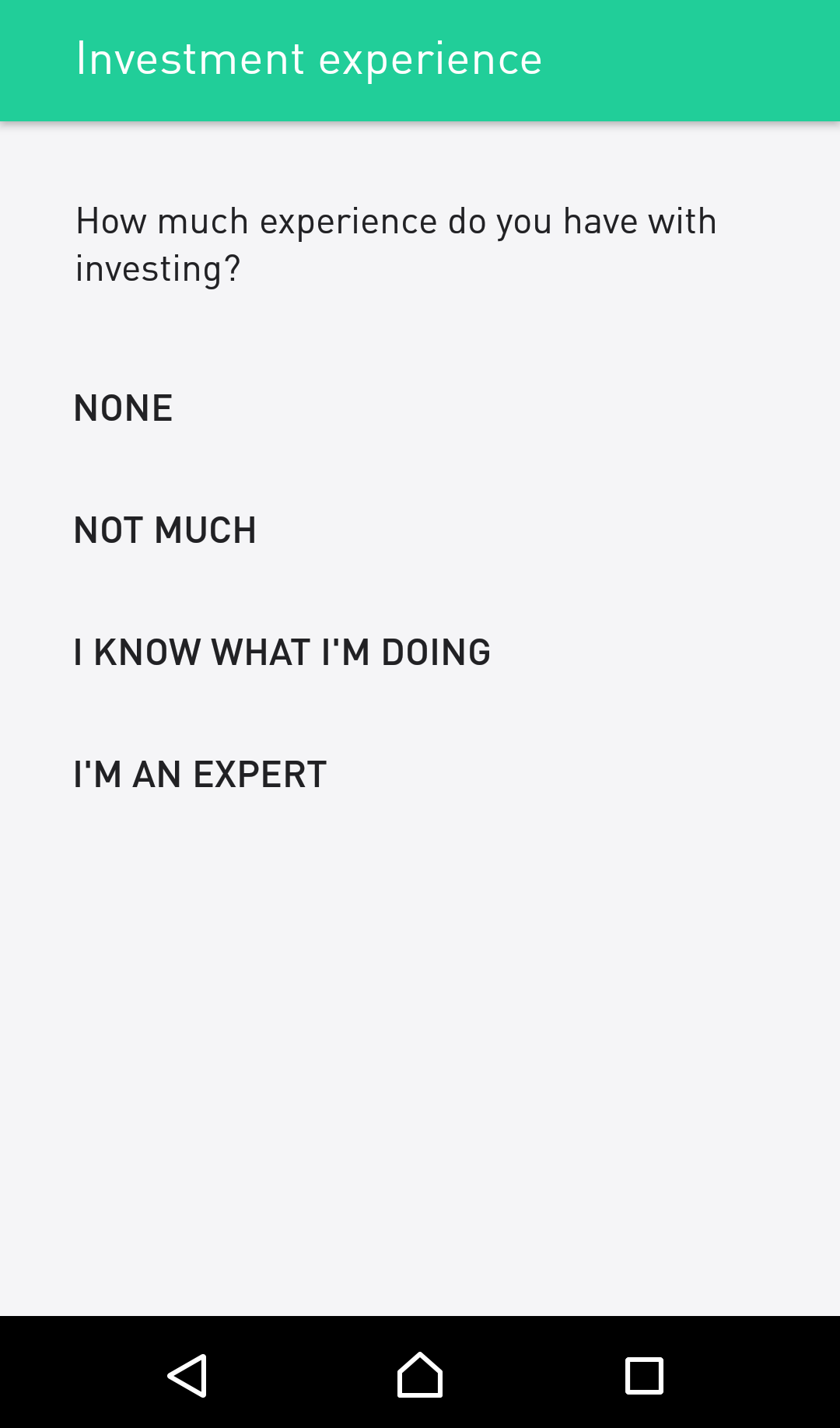
Two strategies traders use to hedge against locked limit futures positions are limit up and limitation down futures. The first strategy uses synthetic futures contracts to offset an open position in the event of a locked limit futures contract. Limit down futures are the opposite of limit up contracts. The latter strategy requires hedging against a locked-limit situation. This strategy is also known "short-selling."
Limit up
Trading rules that restrict transactions within certain price bands include limit up and limit down futures. These price bands are defined at certain percentages of a stock's average over a five minute trading period. Trading is stopped for five minutes if a stock crosses the price band but fails to return within fifteen seconds. The underlying principle behind limit up and limit down futures is to keep prices within certain price bands to avoid losing money in volatile markets.
MC30
If you've been avoiding trading in the MC30 limit down futures, you might want to think about trying it out. These futures depend on the value of a contract three hours before trading closes. The contract is trading at an average limit down of 821points, as of the time of writing. S&P 500 futures as well as the Nasdaq100 futures are trading limit-down.
Trading restrictions
Limit down futures trading restrictions are implemented when market volatility exceeds a certain level. Generally, these pauses are in effect for five minutes or the rest of the trading day. Sometimes the limits are more restrictive. In certain cases, the limit exceeds the minimum price at which trading is allowed. For example, the London Metal Exchange enacted a limit down rule in March 2022, responding to the wildly volatile nickel futures market. CME Group has a policy that energy futures can be stopped for two minutes in the event of market volatility exceeding ten percent within an hour.

Understanding the short term nature of futures contract is vital
Understanding the short-term nature and risks associated with limit down futures contracts is essential before you start trading. Since these contracts can be incredibly volatile, the price of these securities can change drastically in just a few hours. This makes stock-outs very possible. You should also be aware of the fact that limit down futures contract expire and are worthless investments.
FAQ
What are the pros of investing through a Mutual Fund?
-
Low cost – buying shares directly from companies is costly. A mutual fund can be cheaper than buying shares directly.
-
Diversification - Most mutual funds include a range of securities. The value of one security type will drop, while the value of others will rise.
-
Professional management - professional mangers ensure that the fund only holds securities that are compatible with its objectives.
-
Liquidity- Mutual funds give you instant access to cash. You can withdraw your funds whenever you wish.
-
Tax efficiency – mutual funds are tax efficient. You don't need to worry about capital gains and losses until you sell your shares.
-
There are no transaction fees - there are no commissions for selling or buying shares.
-
Mutual funds can be used easily - they are very easy to invest. You only need a bank account, and some money.
-
Flexibility – You can make changes to your holdings whenever you like without paying any additional fees.
-
Access to information- You can find out all about the fund and what it is doing.
-
Ask questions and get answers from fund managers about investment advice.
-
Security - You know exactly what type of security you have.
-
Control - The fund can be controlled in how it invests.
-
Portfolio tracking - you can track the performance of your portfolio over time.
-
Easy withdrawal: You can easily withdraw funds.
What are the disadvantages of investing with mutual funds?
-
There is limited investment choice in mutual funds.
-
High expense ratio - Brokerage charges, administrative fees and operating expenses are some of the costs associated with owning shares in a mutual fund. These expenses eat into your returns.
-
Lack of liquidity - many mutual funds do not accept deposits. They must be purchased with cash. This limits your investment options.
-
Poor customer service: There is no single point of contact for mutual fund customers who have problems. Instead, you should deal with brokers and administrators, as well as the salespeople.
-
High risk - You could lose everything if the fund fails.
How can someone lose money in stock markets?
The stock exchange is not a place you can make money selling high and buying cheap. You can lose money buying high and selling low.
The stock exchange is a great place to invest if you are open to taking on risks. They will buy stocks at too low prices and then sell them when they feel they are too high.
They hope to gain from the ups and downs of the market. But they need to be careful or they may lose all their investment.
What are the benefits to owning stocks
Stocks are less volatile than bonds. Stocks will lose a lot of value if a company goes bankrupt.
If a company grows, the share price will go up.
For capital raising, companies will often issue new shares. This allows investors to purchase additional shares in the company.
Companies can borrow money through debt finance. This gives them cheap credit and allows them grow faster.
People will purchase a product that is good if it's a quality product. Stock prices rise with increased demand.
The stock price will continue to rise as long that the company continues to make products that people like.
Statistics
- Ratchet down that 10% if you don't yet have a healthy emergency fund and 10% to 15% of your income funneled into a retirement savings account. (nerdwallet.com)
- Individuals with very limited financial experience are either terrified by horror stories of average investors losing 50% of their portfolio value or are beguiled by "hot tips" that bear the promise of huge rewards but seldom pay off. (investopedia.com)
- US resident who opens a new IBKR Pro individual or joint account receives a 0.25% rate reduction on margin loans. (nerdwallet.com)
- "If all of your money's in one stock, you could potentially lose 50% of it overnight," Moore says. (nerdwallet.com)
External Links
How To
How to create a trading plan
A trading plan helps you manage your money effectively. It helps you understand your financial situation and goals.
Before creating a trading plan, it is important to consider your goals. It may be to earn more, save money, or reduce your spending. If you're saving money, you might decide to invest in shares or bonds. If you are earning interest, you might put some in a savings or buy a property. You might also want to save money by going on vacation or buying yourself something nice.
Once you know what you want to do with your money, you'll need to work out how much you have to start with. It depends on where you live, and whether or not you have debts. It's also important to think about how much you make every week or month. Income is what you get after taxes.
Next, save enough money for your expenses. These expenses include bills, rent and food as well as travel costs. These expenses add up to your monthly total.
You will need to calculate how much money you have left at the end each month. This is your net income.
You're now able to determine how to spend your money the most efficiently.
Download one online to get started. Or ask someone who knows about investing to show you how to build one.
Here's an example: This simple spreadsheet can be opened in Microsoft Excel.
This graph shows your total income and expenditures so far. You will notice that this includes your current balance in the bank and your investment portfolio.
And here's a second example. This was designed by a financial professional.
It will help you calculate how much risk you can afford.
Don't attempt to predict the past. Instead, focus on using your money wisely today.